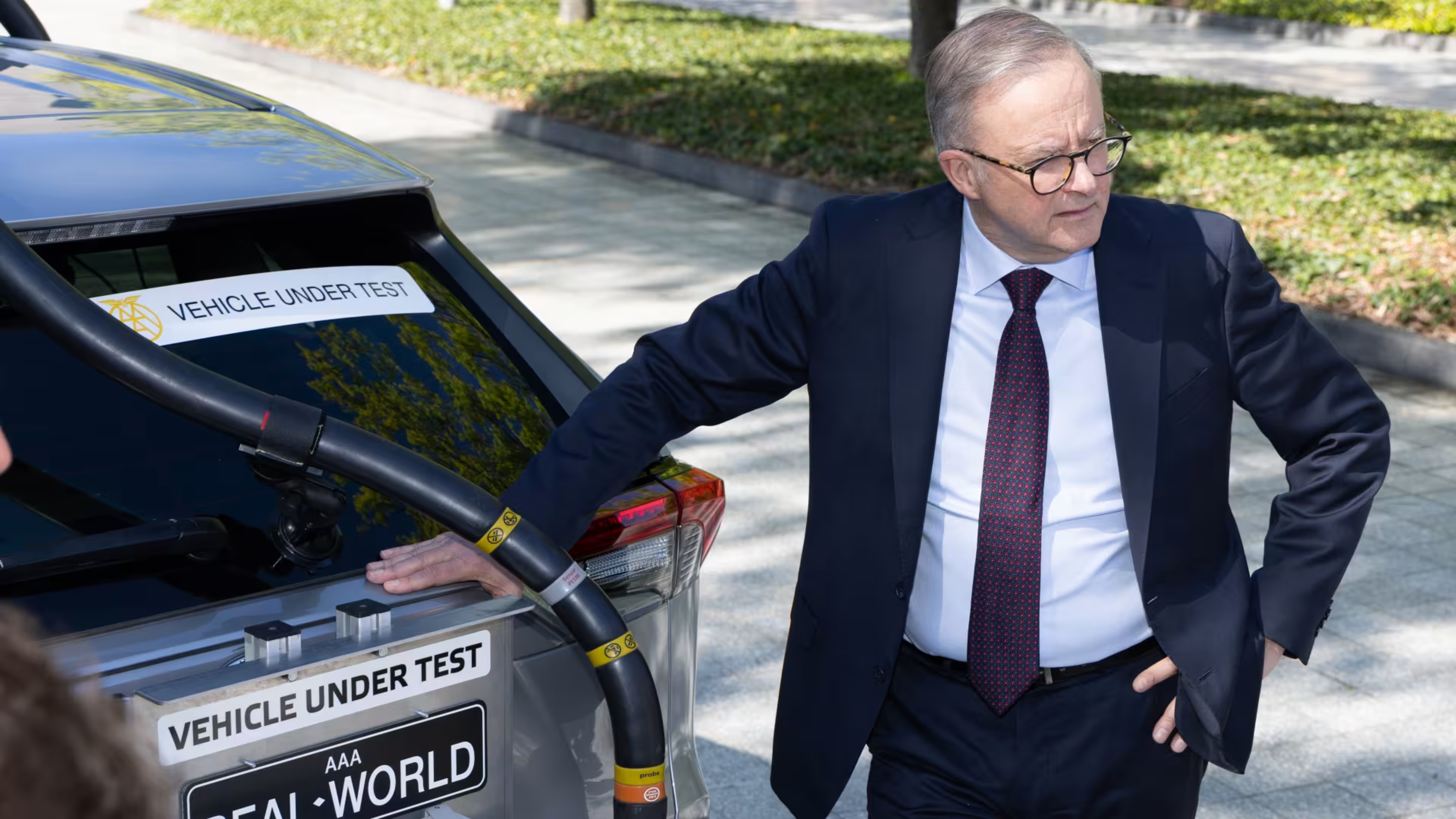Australia Adapts: New Vehicle Emissions Rules and What They Mean

In a move to address concerns raised by the automotive industry, the Australian Government has announced softened plans for tailpipe emissions rules for new vehicles. The revisions aim to alleviate potential price rises for heavy-duty four-wheel-drives, providing relief to manufacturers and consumers alike. Let's delve into the details of these changes and their implications for the future of Australia's automotive landscape.
Background: The New Vehicle Efficiency Standard (NVES)
The original proposal for vehicle emissions targets, known as the NVES, mandated how much CO2 could be produced by new vehicles each year, with financial penalties for non-compliance. However, concerns were raised regarding the potential impact on heavy-duty four-wheel-drives, such as utes and vans, which faced substantial price rises under the initial plan.
Revisions and Concessions
Acknowledging these concerns, the Australian Government has made concessions to address the unique requirements of heavy-duty four-wheel-drives. The re-classification of a "limited number" of these vehicles aligns with softened US laws and ensures fair treatment under the regulations.
Under the revised standards, vehicles will still be subject to weight-based emissions limits, recognizing that heavier vehicles emit more CO2. While the baseline CO2 limits will decrease each year, adjustments based on mass aim to balance the playing field for manufacturers.

Implications and Industry Response
The automotive industry has welcomed the changes, with Toyota expressing support for the revised regulations. Toyota Australia President and CEO Matthew Callachor emphasized the importance of addressing challenges faced by the industry while delivering diverse technologies to meet consumer needs.
Similarly, the Electric Vehicle Council has endorsed the proposed emissions regulations, citing the benefits of lower fuel bills, cleaner air, and greater choice for consumers.
Looking Ahead
The NVES scheme is scheduled to commence on January 1, 2025, with manufacturers earning credits or penalties from July 1, 2025. While further revisions may include technology credits and adjustable vehicle features to improve fuel efficiency, the focus remains on reducing emissions and offering consumers a wider range of vehicle options.
As Australia adapts to evolving environmental standards, the automotive industry plays a pivotal role in driving innovation and sustainability. With continued collaboration between government, manufacturers, and stakeholders, the future of mobility in Australia looks promising, paving the way for cleaner, more efficient vehicles on our roads.

